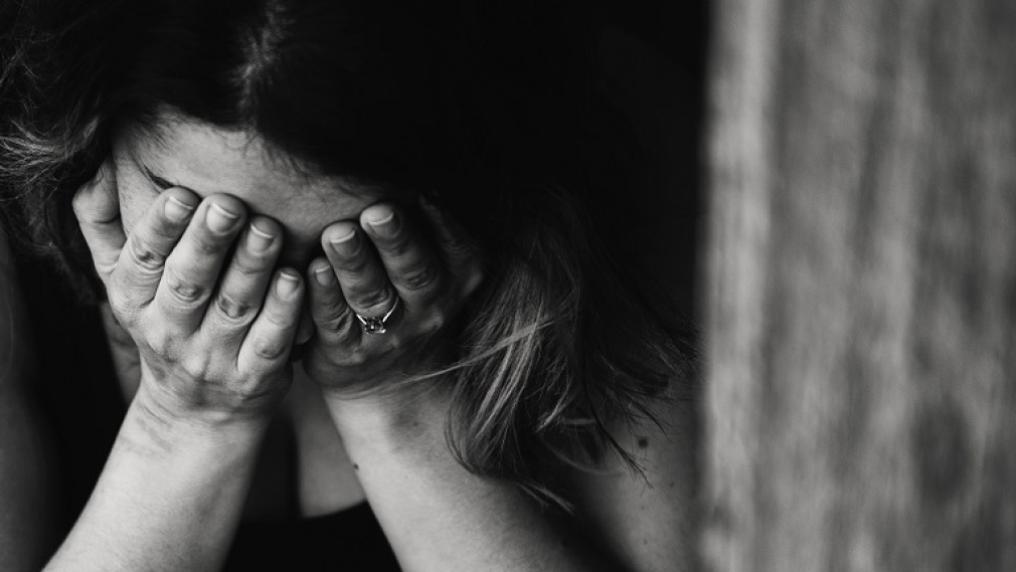Investing in women’s mental health

The Mitchell Institute policy paper Investing in women’s mental health, strengthening the foundations for women, families and the Australian economy (PDF, 1.92 MB) discusses the extensive evidence that women’s mental health needs are significantly different from those of men.
Certain mental illnesses are more prevalent in women, they use mental health services more frequently than men, and they want a broader range of treatment options than are currently available.
- Mental disorders represent the leading cause of disability and the highest burden of non-fatal illnesses for women in Australia.
- 43% of Australian women (3.5 million) have experienced mental illness at some time.
- Australian women are more likely than men to have experienced symptoms of a mental disorder during the previous 12 months (22% of women compared to 18% of men).
- Young women report the highest rates of mental disorder of any population group (30% for women aged 16 to 24).
- One in five mothers of children aged 24 months or less are diagnosed with depression. This represents an estimated 111,000 Australian mothers being diagnosed with depression, and 56,000 with perinatal depression annually.
- Women are 1.6 times as likely as men to suffer coexisting mental and physical illness. These multimorbidities are associated with increased severity of mental illness and increased disability.
- The number of hospital admissions for specialised psychiatric care following a principal diagnosis of recurrent depressive disorders and specific personality disorders was substantially higher for females than males during 2007–08.
- Women in Aboriginal and Torres Strait Islander communities have much poorer physical and mental health than other Australians. The suicide rate of Aboriginal and Torres Strait Islander women is highest within the 20-24 years old age group (21.8 per 100,000), which is more than five times higher than their corresponding non-indigenous counterparts (4.0 per 100,000).
The burden of poor mental health amongst women results in adverse social and economic consequences, including disability, reduced life expectancy, impoverishment of individual women, unemployment, reduced productivity, and increasing costs of healthcare and welfare.
Women’s mental health is influenced by biological, psychosocial, economic and environmental factors. The high prevalence of mental distress amongst women and girls of all ages is bound up in the totality of women’s experiences including social and economic inequality. There is an urgent need to counter the gender-blindness of current mental health policy which serves to make these experiences invisible. Policies which reinforce this invisibility are not only ineffective; they are part of the problem.
This paper argues that it is time for a new approach aimed at tackling these gendered risks and enhancing protections across the life course.



